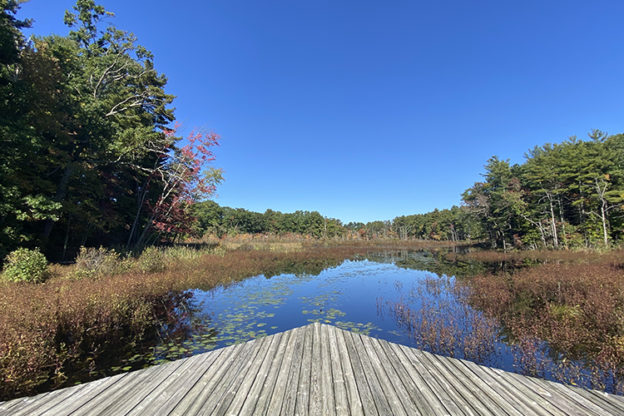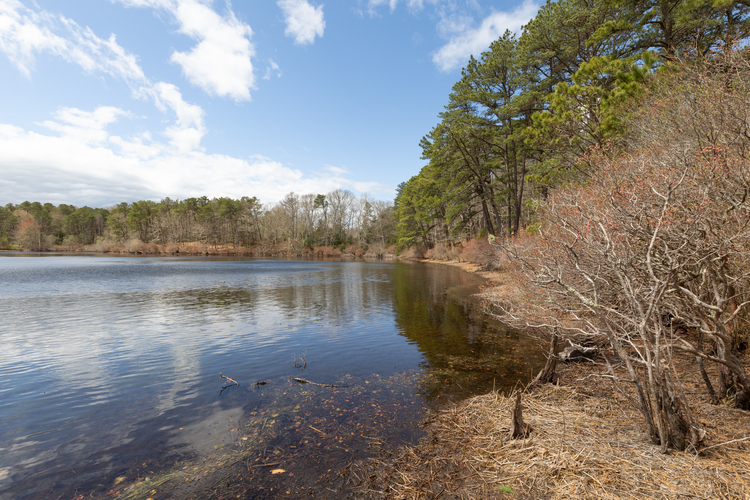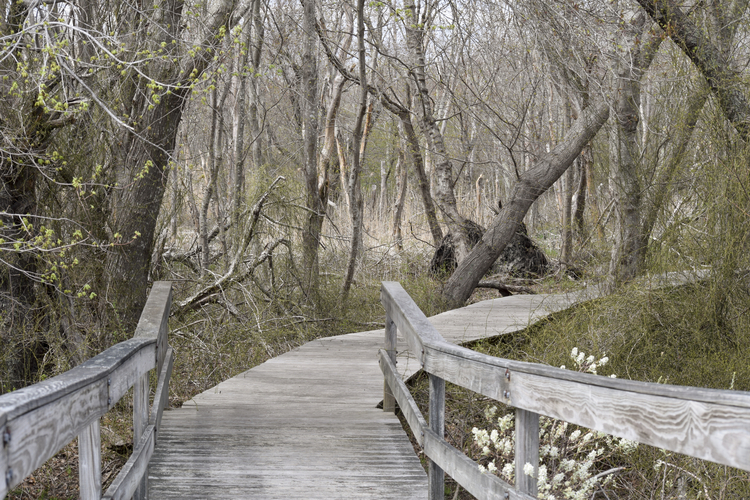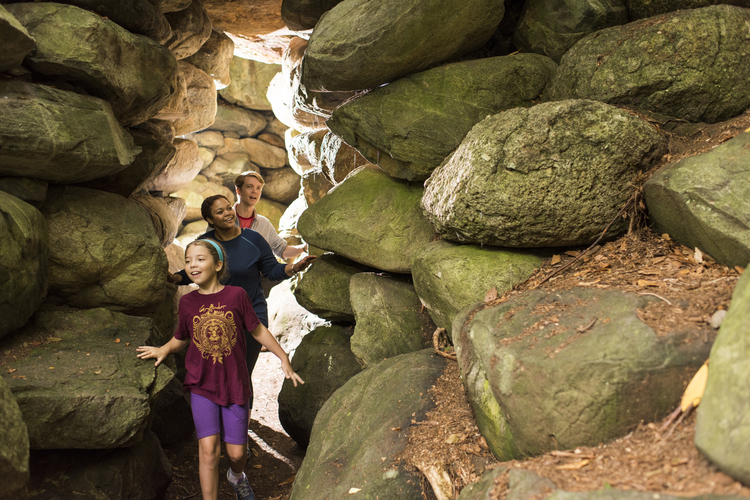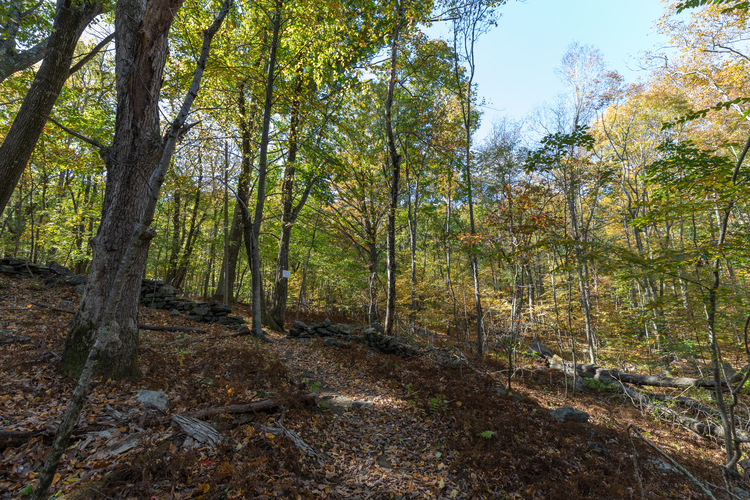Black scientists and leaders have always been at the forefront of leading change in wildlife conservation, advocating for environmental justice, and creating access to nature.
Back in 1896, the renowned scientist George Washington Carver established an agriculture department at Tuskegee University to research soil degradation and teach alternative farming methods.
In 1903, Colonel Charles Young became the first Black National Park Superintendent and was a true steward of the land by working to preserve the ancient, namesake trees in Sequoia National Park.
Later in the 20th century, Hazel Johnson, known as the Mother of Environmental Justice, stood in the oval office as President Bill Clinton signed Executive Order 12898 to identify and protect environmental justice communities at a federal level.
During Black History Month, we are reminded of the lasting impacts Carver, Young, Johnson, and many other historical Black American leaders have had on our environment. To build off of these powerful stories and honor Black Futures Month, here are four people making history today.
Lisa Jackson
Lisa Perez Jackson is a chemical engineer who began her career at the Environmental Protection Agency (EPA) in 1987. She worked in the public sector in roles spanning from staff-level positions to Commissioner of the New Jersey Department of Environmental Protection. In 2009, President Barack Obama appointed her as Administrator of the EPA, making her the first Black person to hold that position.
During her time as Administrator, Jackson focused on improving air and water quality, eliminating greenhouse gases, and expanding outreach to communities on environmental issues.
Today, Jackson is Vice President of Environmental, Policy, and Social Initiatives at Apple. She oversees Apple’s efforts to address climate change through renewable energy and energy efficiency, using green materials, and inventing new ways to conserve resources.

Additionally, Jackson leads Apple’s Racial Equity and Justice Initiative — focused on education, economic opportunity, and criminal justice reform — and is responsible for Apple’s education policy programs, its product accessibility work, and its worldwide government affairs function.
She was named as one of Fast Company’s “Most Creative People” in 2019 and named a “Game Changer” by Vogue Australia in 2018.
Jerome Foster II
Voices like Jerome Foster II prove that teenagers and young adults have the power to make a change on a national level. When the Biden administration created the White House Environmental Justice Advisory Council (WHEJAC) in 2021, Foster was chosen to represent young people and the Northeast Region of the US. Foster became the youngest-ever White House Advisor in United States history at age 18. According to the White House, council members like Foster provide valuable insight into how the Federal Government should tackle the climate crisis and advance environmental justice especially for disadvantaged communities.

He served as intern for the late Honorable John Lewis at 16-years old and served as Board Member for the DC State Board of Education’s High School Graduation Requirements Task Force at 15. He is Co-Founder and Co-Executive Director at Waic Up which is an international communication to community impact charity that is an expansion of OneMillionOfUs, which mobilized a movement of young people to vote in the 2020 Presidential Elections.
Wanjiku (Wawa) Gatheru
Another influential young climate activist, Wanjiku (Wawa) Gatheru, has almost a decade of experience in environmental and climate activism. Gatheru is the daughter of Agĩkũyũ (an ethnic group in Kenya) Kenyan immigrants and at a young age was taught to give back to the earth and care for the planet. Combining this appreciation for the Earth with a passion sparked by an environmental science class she took when she was 15, Gatheru made it her mission to elevate the importance of the climate movement and make it more accessible and inclusive for all.
At the University of Connecticut, Gatheru co-founded the UConn Access to Food Effort (UCAFE) to combat campus food insecurity. She spearheaded numerous other environmental efforts throughout her time at UConn, eventually leading her to become the first Black person to receive the Rhodes, Truman, and Udall Scholarships.
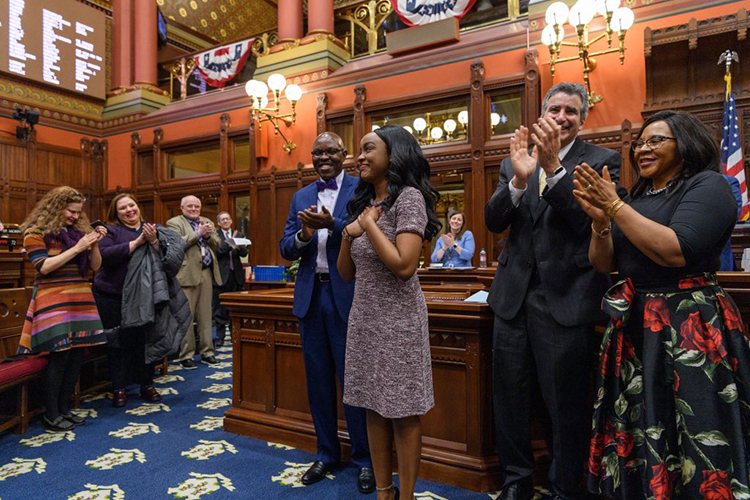
In 2021, Gatheru created Black Girl Environmentalist (BGE) to support Black girls, women, and non-binary people in the environmental field. BGE creates opportunities for Black community members to succeed as environmentalists by offering online and in-person programs, workshops, mentorships, and other educational resources.
Kai Lightner
At the age of six, Kai Lightner found the perfect outlet to focus his ADHD on a physical and mental task: rock climbing. Climbing quickly ignited a passion within Lightner and he successfully competed nationally and internationally, winning 12 national championships (2 adult; 10 youth), 5 Pan American Championships (1 adult; 4 youth), and 1 Youth World Championship.
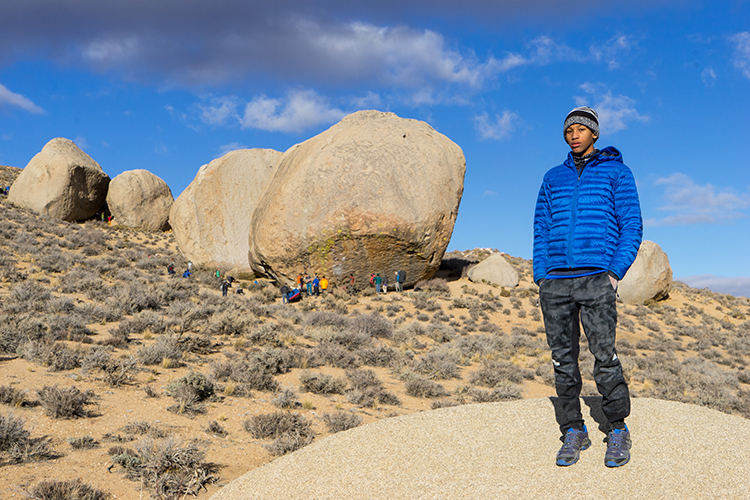
Throughout his time competing, Lightner grew his appreciation for new places and different cultures and wanted other young adults and youth to have the same opportunities. Inspired by the Black Lives Matter movement in 2020, Lightner recognized inequitable access to outdoor industries like climbing for underserved communities. In response, he created Climbing for Change (C4C), a nonprofit that supports kids with backgrounds like his to excel in rock climbing and bridge the gap between underserved minorities and outdoor activities. To learn more about Kai or C4C, visit kai-lightner.com or climbing4change.org.
Making a Local Impact
As we reflect on the strides that many of these scientists and activists have taken to advance equitable access to nature, community health and safety, and environmental advocacy, we also recognize that the work is far from done. You can learn about and support local Black-led environmental justice groups like:
→ Alternatives for Community and Environment (ACE)

To learn more about other Mass Audubon Diversity and Equity initiatives and programs, visit our Diversity & Inclusion page.



